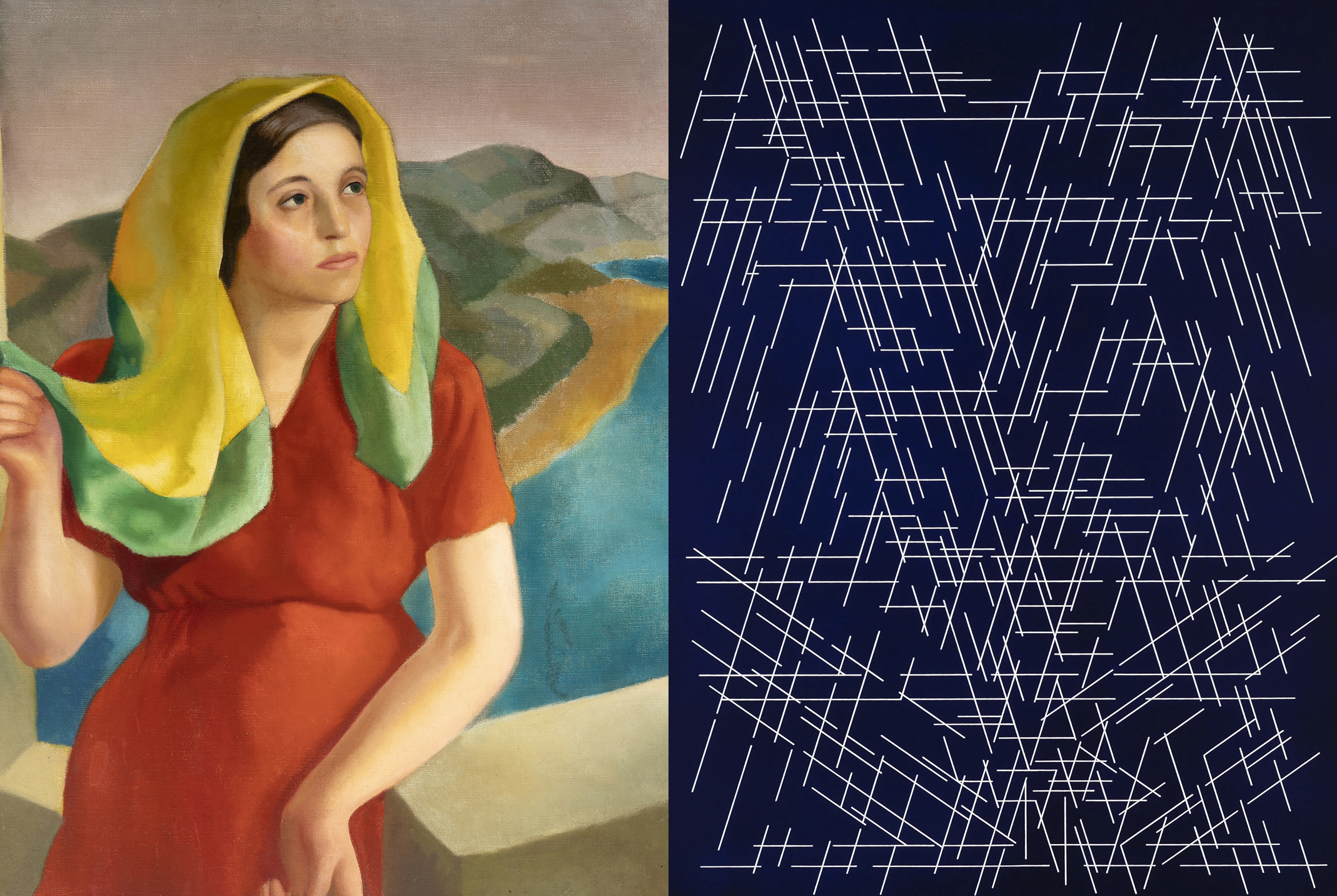In contemporary art, abstraction and figuration continue to be two fundamental languages. Far from following opposing paths, these artistic approaches intersect, contaminate and nourish each other. Through their multiple expressions, they represent two paths that, far from becoming extinct, continue to renew themselves and to dialogue with the current sensibility.
Abstraction as an emotional refuge
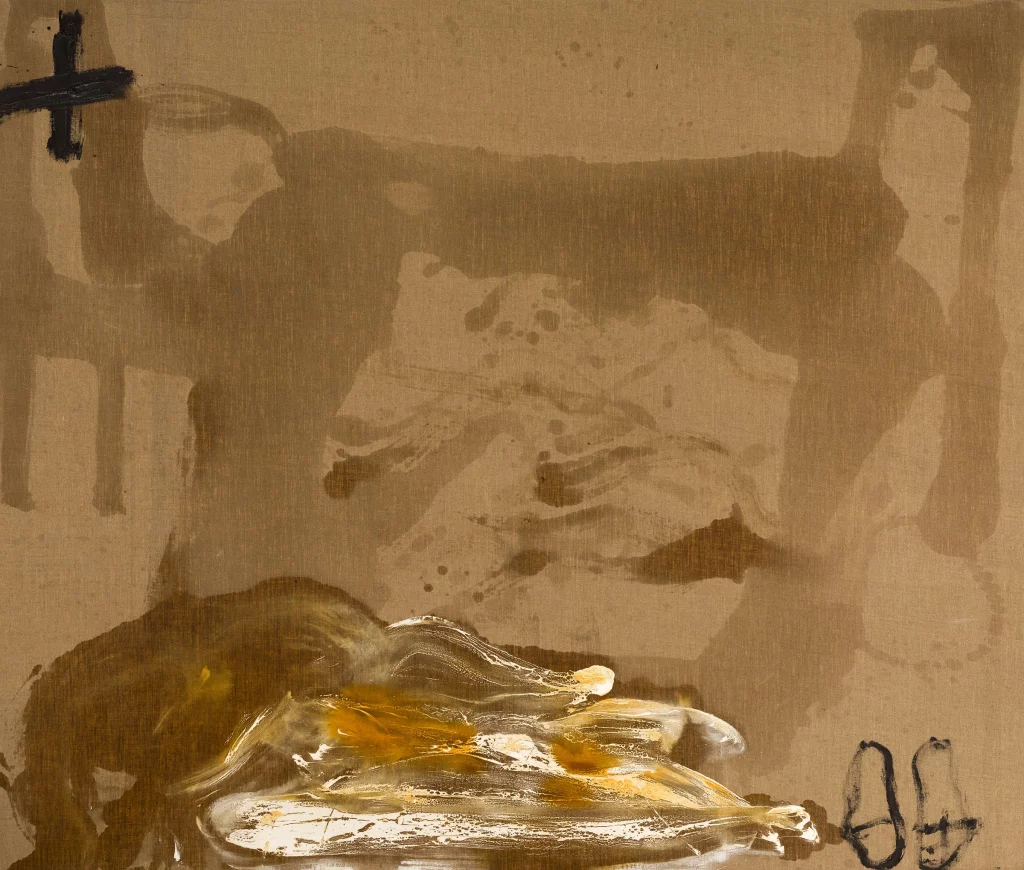
Today’s abstract art currents transcend pure aesthetics. In many cases, they become vehicles to channel intense emotions, existential concerns or the chaos of the contemporary world. Young and established artists return to free gesture, to matter, to color understood as a vital force.
From the great international exponents such as the American abstract expressionists -Pollock, Rothko- or the informalists -Tàpies, Fautrier- through geometric abstraction -Vasarely- to the present day, abstract art revolutionized the traditional concept of painting, focusing on color, form and texture.
It is not about representing something recognizable. The abstract, in this context, is an act of liberation: letting the paint, the body or the material speak for itself. It is a response to the saturation of defined images, an invitation to inhabit the ambiguous, the open, what is felt but cannot be named.
The human figure returns with new intentions
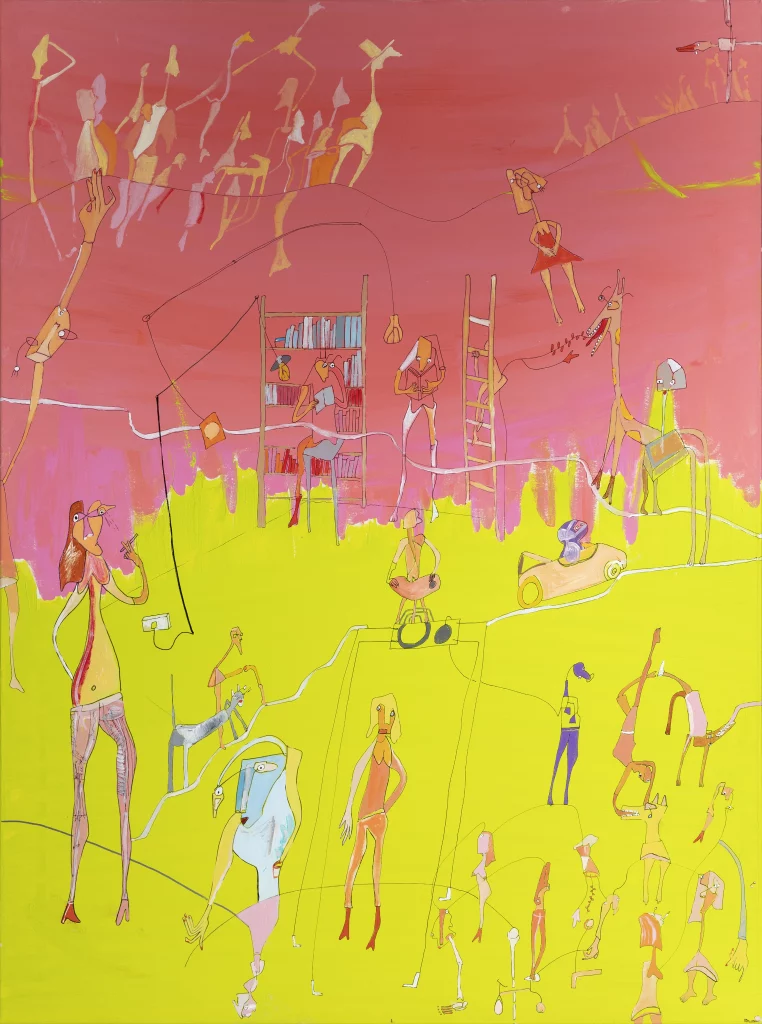
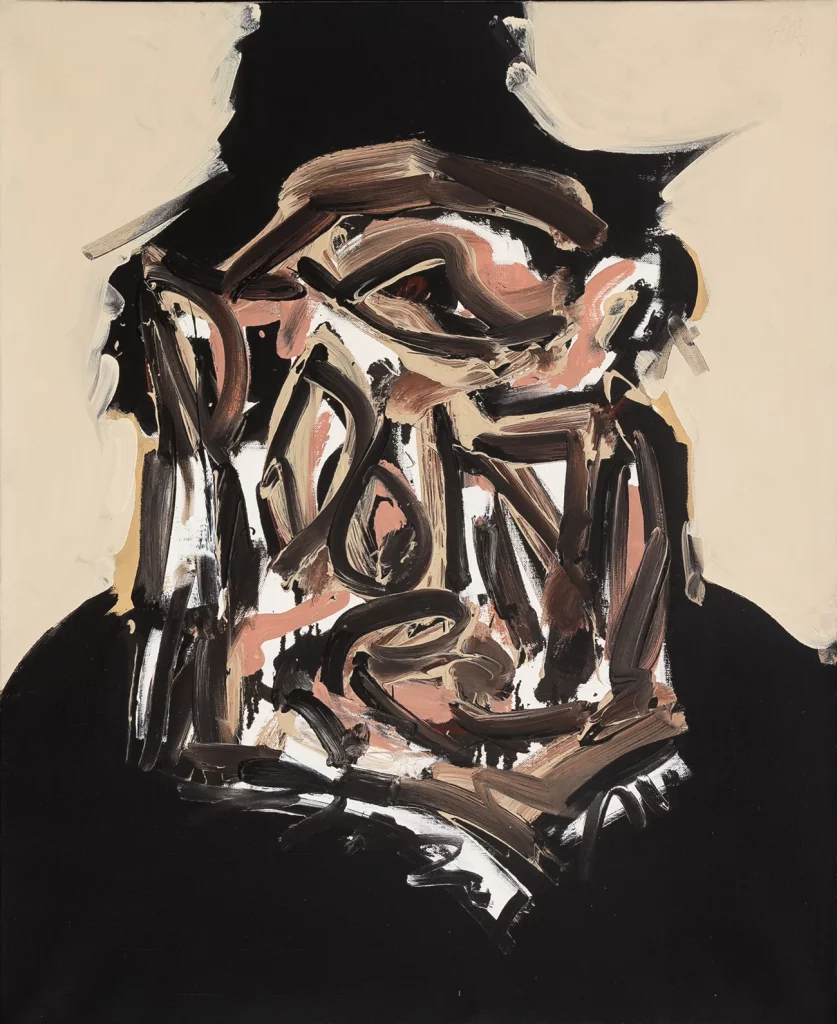
At the same time, figurative art has also gained new strength. Far from classical realism, the human figure returns fragmented, displaced, sometimes deformed. They are bodies that do not seek to please, but to speak of pain, desire, identity or memory.
This new figuration does not imitate reality, it transforms it. It has something intimate, autobiographical. The faces are not always clear. The bodies seem to be in transition, as if they were struggling to sustain their form or to reinvent themselves. This revision of the figurative tradition can be found in avant-garde artists such as Antonio Saura and his iconic portraits, as well as in figures that play a leading role in the current scene such as Rafa Macarrón.
Abstraction and figuration: is it necessary to choose?
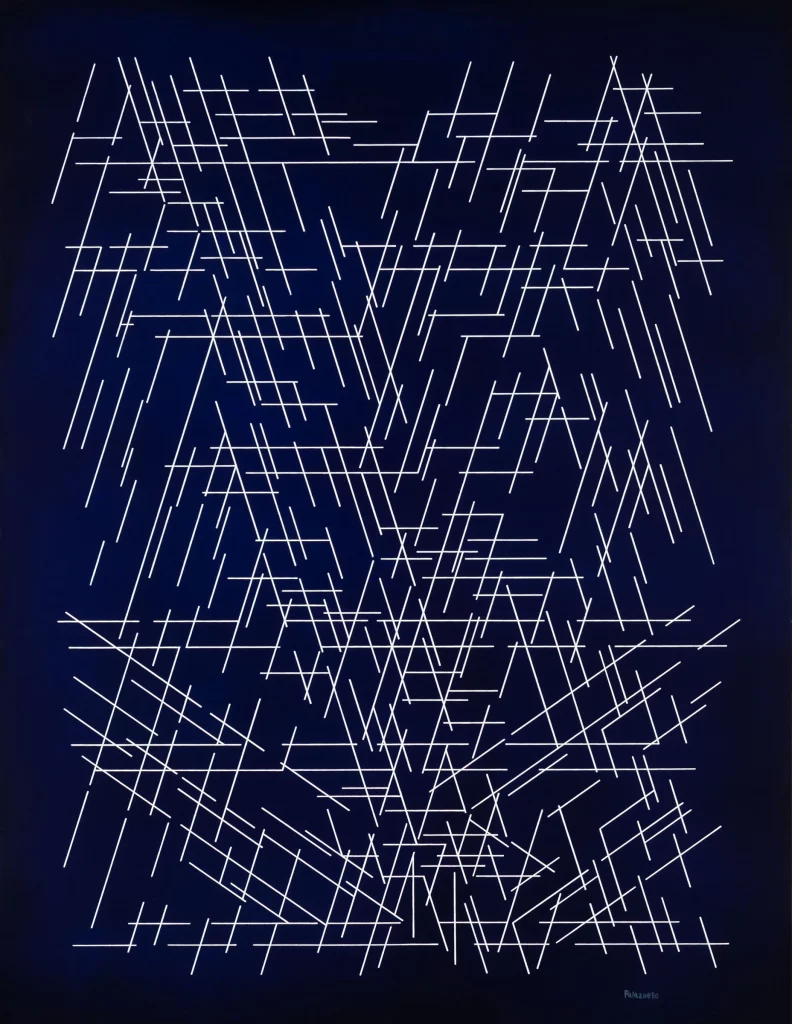
The most interesting thing about contemporary art is that it no longer requires taking sides. Abstraction and figuration coexist, merge and contaminate. There are abstract artists who suggest forms, and figurative artists who explore the gestural and the spontaneous. Sometimes a stain becomes a face. Sometimes a messy stroke reveals, without intending to, an emotional landscape.
More than closed styles, they are flexible languages in constant mutation.
A reflection of our times
Although they may seem dissimilar, abstraction and figuration speak of the same thing: the human experience. In a world of uncertainty, information overload and profound cultural changes, both tendencies allow us to express what words cannot reach.
In the end, what is really important is not whether a work represents something concrete or not. What matters is if it moves us, if it makes us think, if it connects us. Check the auction calendar to know the next contemporary art works to be auctioned.
If you have a work of contemporary art -whether abstract, figurative or combining both languages- and you are thinking of selling it, our team of experts is at your disposal. Request a free and confidential appraisal on our website or visit us in our showrooms in Barcelona, Madrid or Valencia.

